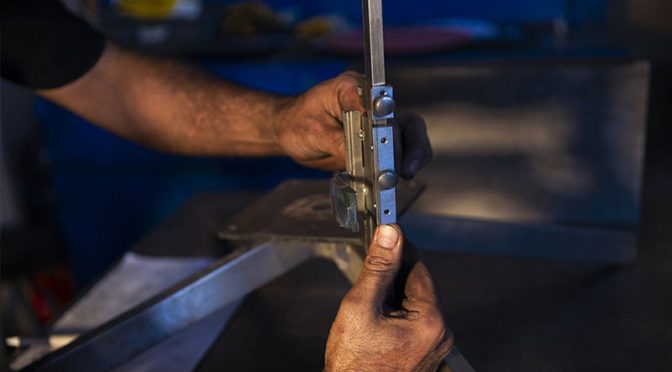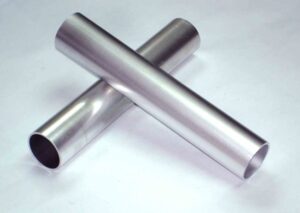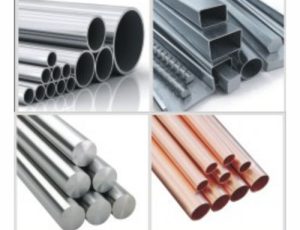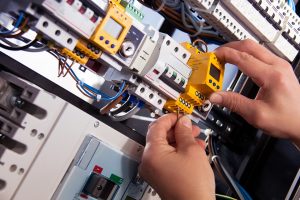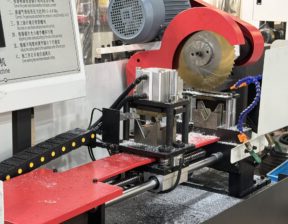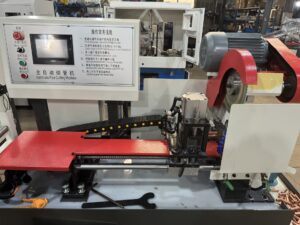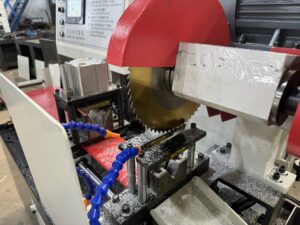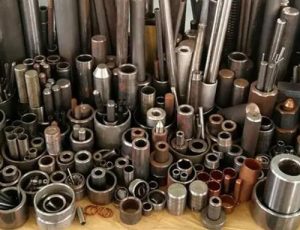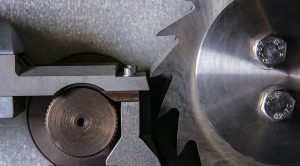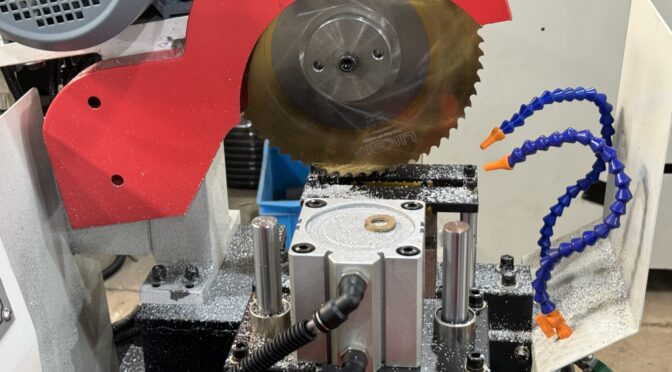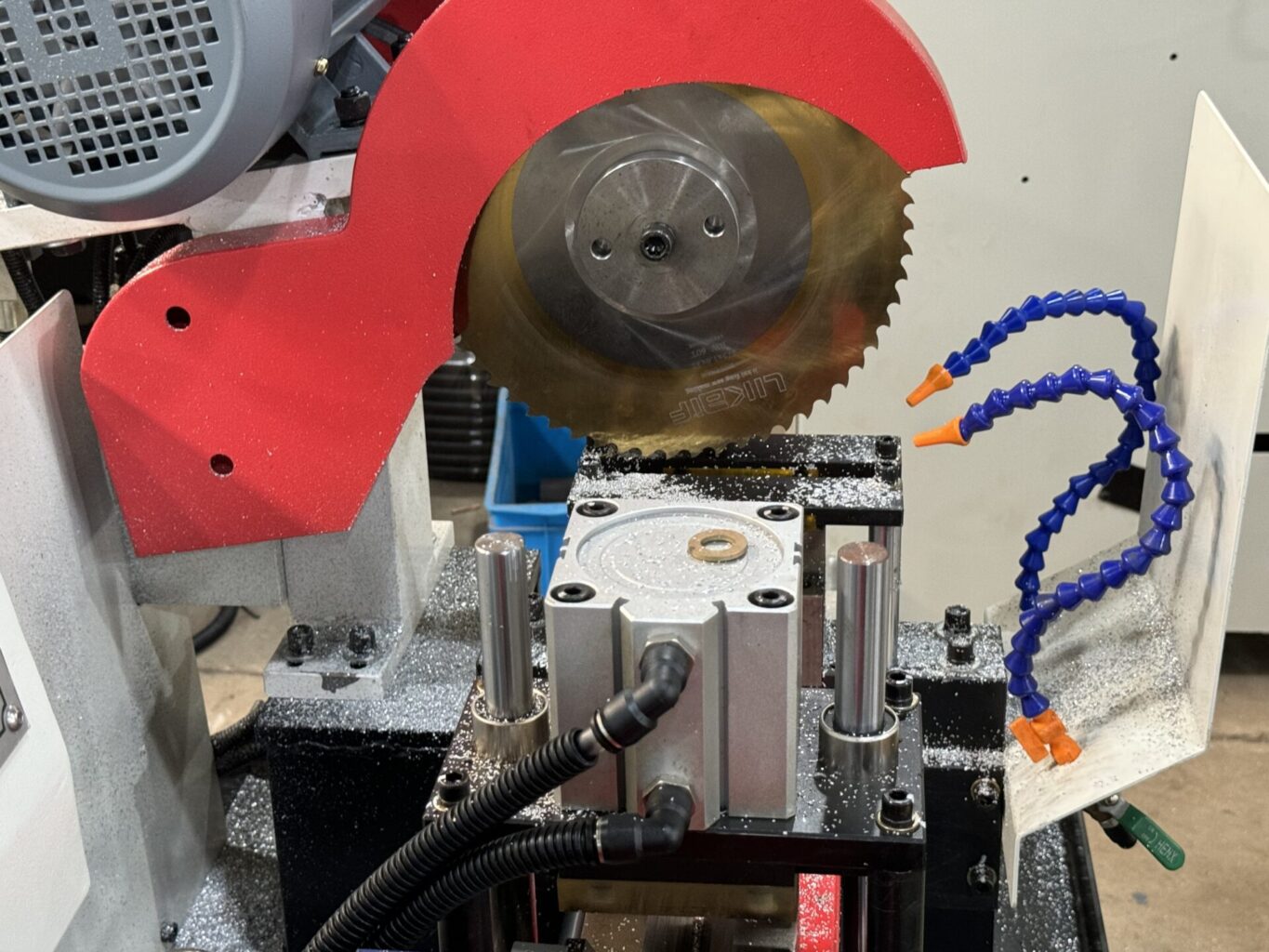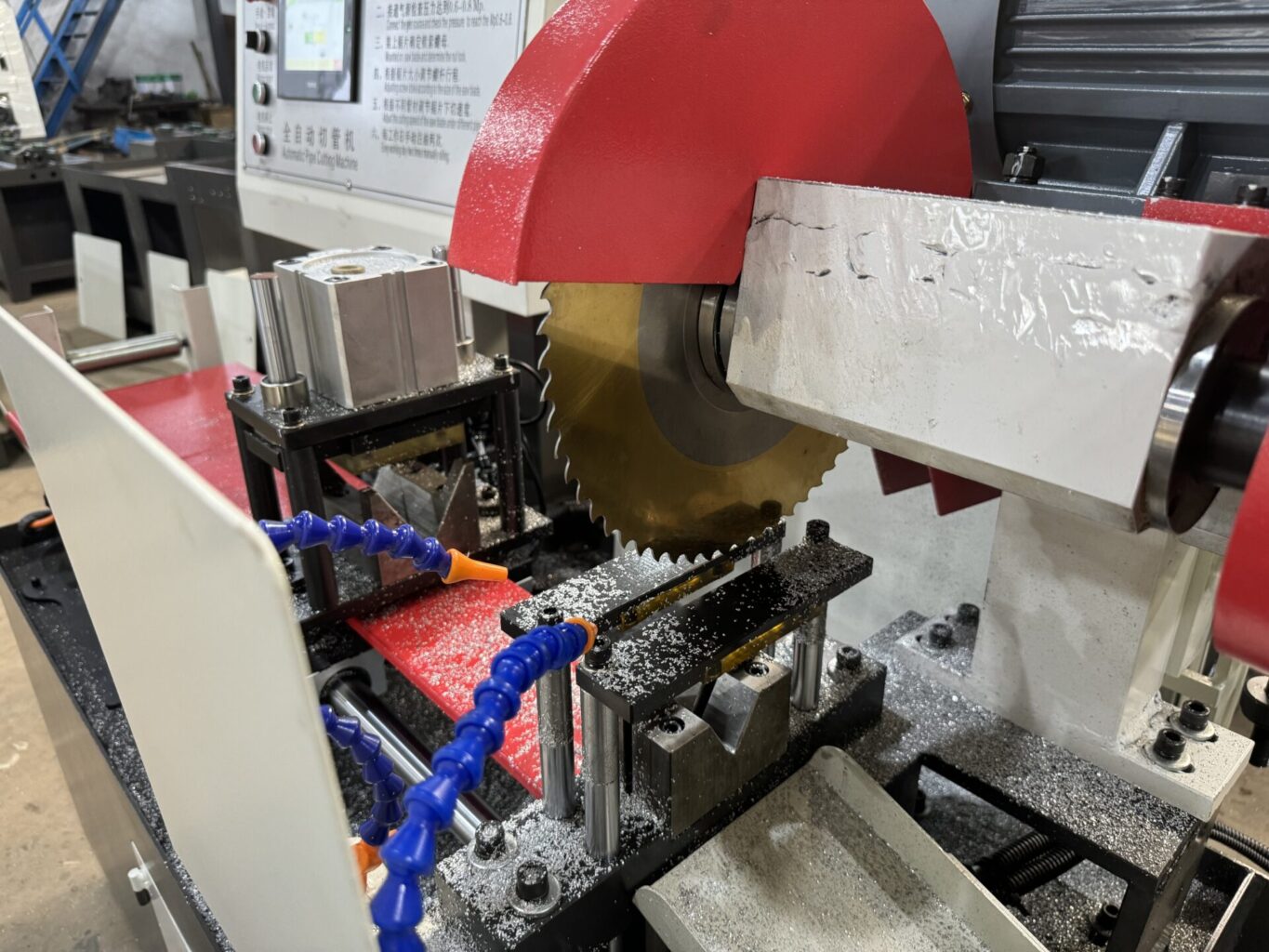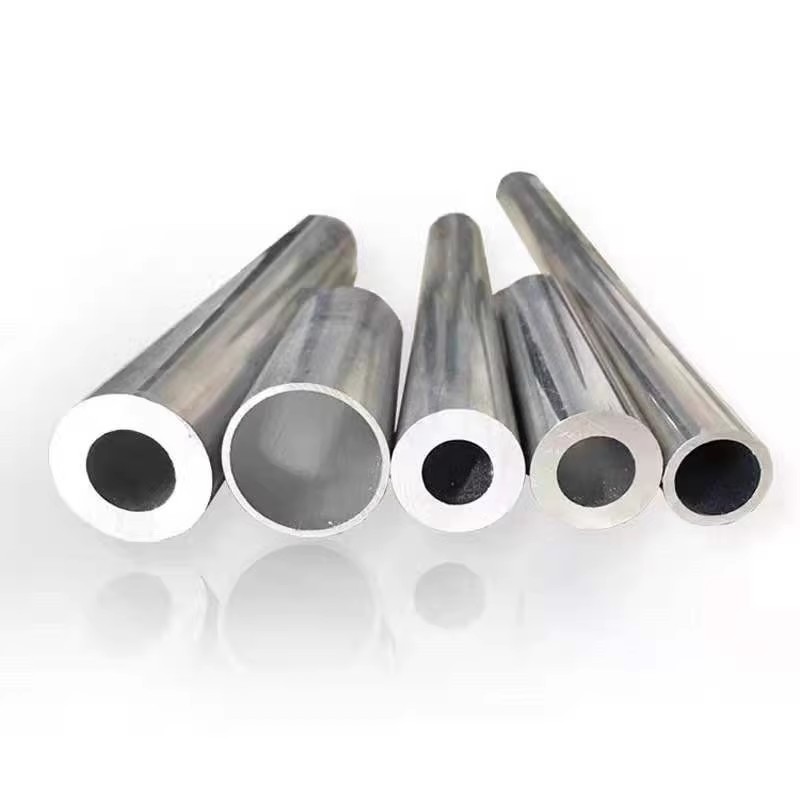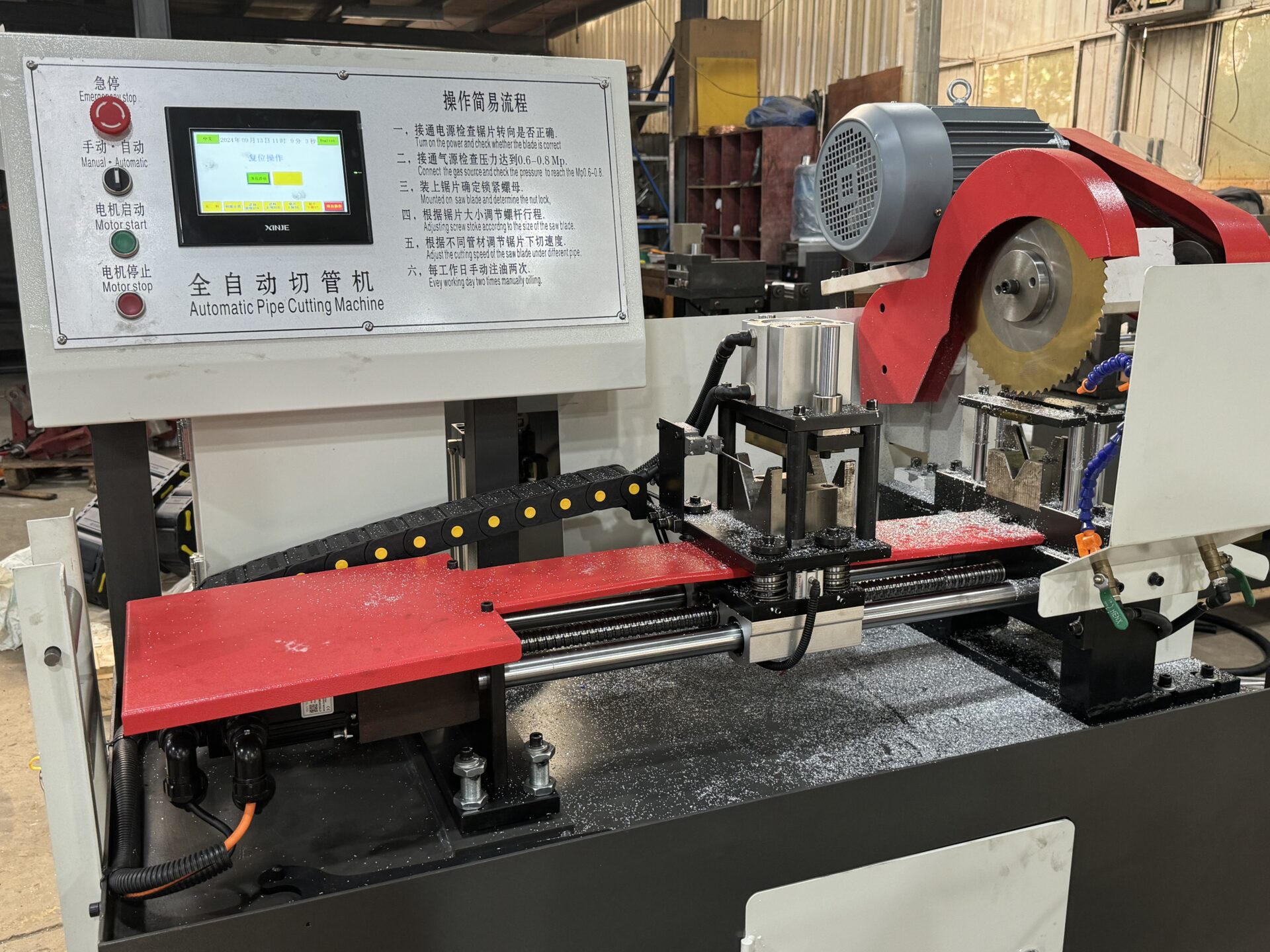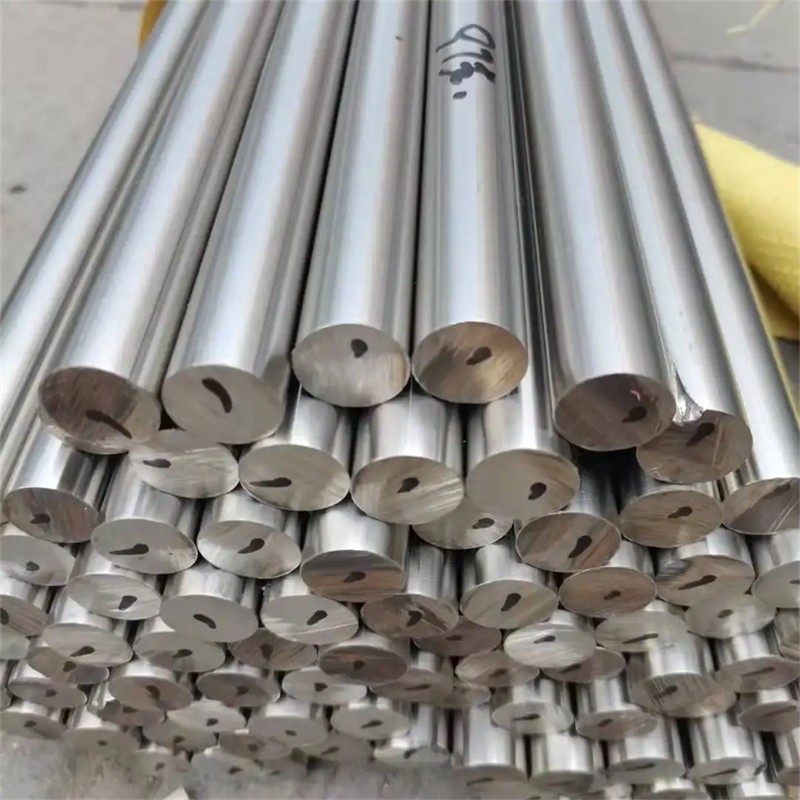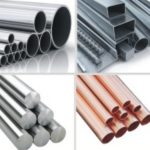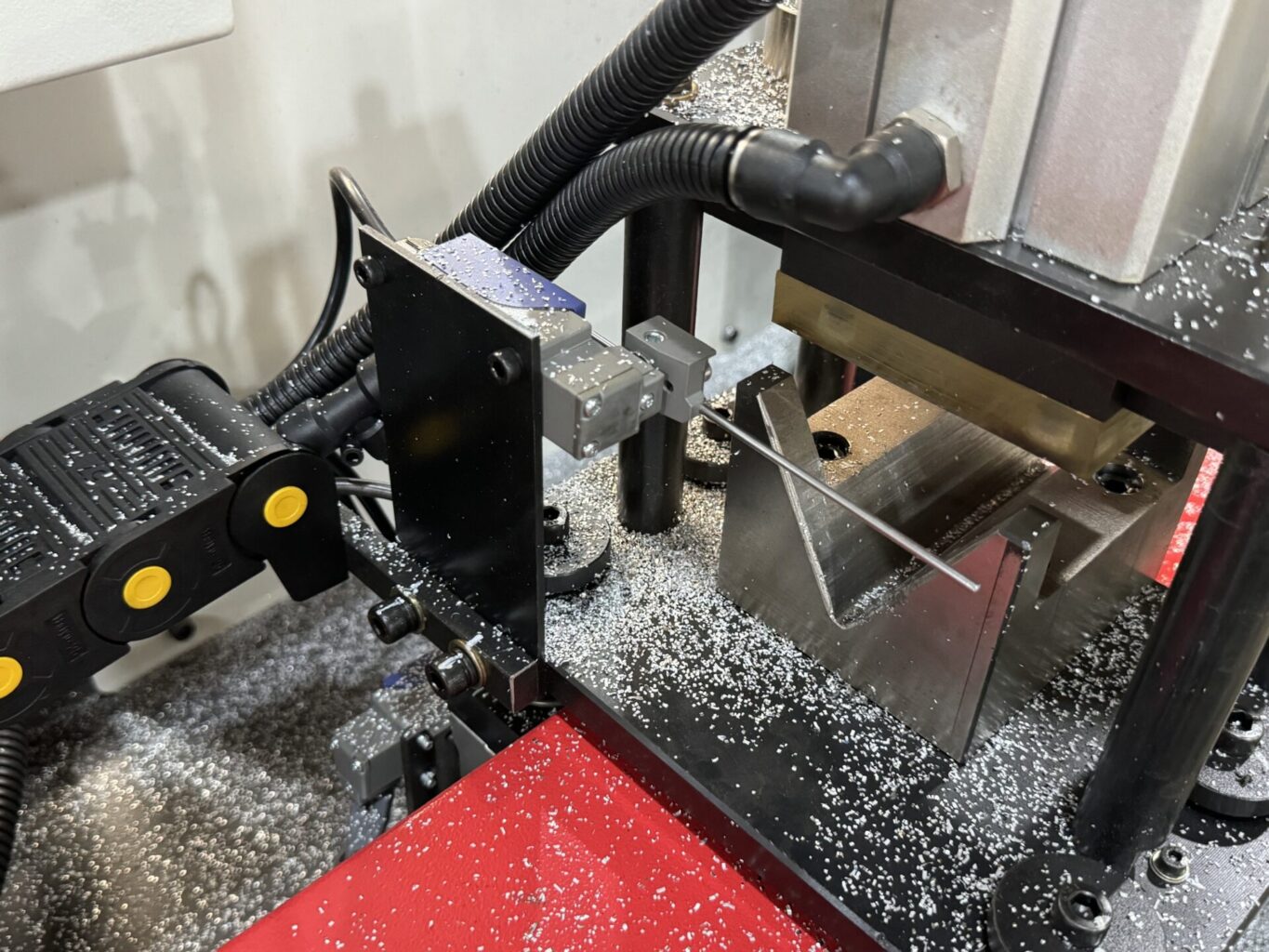Operating a pipe cutting machine might seem straightforward, but safety is crucial. I’ve seen firsthand how small mistakes can lead to accidents, so ensuring safe operation should always be a top priority.
To safely operate a pipe cutting machine, it’s essential to follow safety precautions, prevent accidents, use the correct personal protective equipment (PPE), and maintain your machine properly. Let’s dive into each aspect of safe operation.
What Are the Basic Safety Precautions for Operating a Pipe Cutting Machine?
The first time I operated a pipe cutting machine, I didn’t fully appreciate the safety risks. Now, I always follow the basic safety precautions to prevent mishaps.
Basic safety precautions include wearing PPE, checking the machine before use, keeping hands away from moving parts, and using machine guards. These steps help minimize risks and ensure smooth, efficient operation.
Key Safety Precautions to Follow
It’s easy to overlook safety measures when you’re focused on the task, but these precautions are essential.
| Safety Precaution | Description | Why It Matters |
|---|---|---|
| Machine Check | Always inspect the machine before use | Ensures all parts are secure and functioning properly |
| Use Guards | Keep machine guards in place at all times | Protects from moving parts and flying debris |
| Clear Work Area | Ensure the work area is free from obstacles | Prevents tripping and accidents |
| Stay Focused | Avoid distractions while operating the machine | Reduces the likelihood of accidents caused by inattention |
Taking a few extra minutes to check the machine and work area can prevent major issues down the line.
How Can You Prevent Accidents While Using a Pipe Cutter?
Accidents can happen quickly, but many are preventable. In my experience, the key to preventing accidents is maintaining awareness and sticking to safety routines.
Preventing accidents while using a pipe cutter involves training, staying alert, following machine guidelines, and keeping the area clear of hazards. These practices reduce the risk of mistakes that could cause harm.
Preventing Accidents with Proper Practices
Taking safety seriously means preventing accidents before they can happen.
| Accident Type | Prevention Method | Why It Matters |
|---|---|---|
| Contact with Moving Parts | Keep hands and clothing away from the cutting area | Prevents cuts and serious injuries |
| Machine Overheating | Regularly monitor the machine’s temperature and cooling systems | Prevents overheating that could cause fires or malfunctions |
| Flying Debris | Always use protective shields and goggles | Prevents eye injuries and cuts from debris |
| Slips and Falls | Maintain a clean and dry work area | Reduces the risk of slipping or tripping |
By staying alert and following safety protocols, you can significantly reduce the chances of accidents while using the machine.
What Personal Protective Equipment (PPE) Is Required for Pipe Cutting?
Wearing the right PPE is crucial for protecting yourself from the inherent risks of using a pipe cutting machine. I’ve learned that the proper gear can make all the difference in staying safe.
Personal protective equipment (PPE) for pipe cutting includes safety glasses, gloves, ear protection, and steel-toed boots. These items protect against cuts, flying debris, loud noises, and falling objects.
Essential PPE for Pipe Cutting Operations
Choosing the right PPE ensures you’re fully protected when using a pipe cutting machine.
| PPE Item | Purpose | Why It’s Necessary |
|---|---|---|
| Safety Glasses | Protects eyes from flying debris | Prevents eye injuries from sparks and material fragments |
| Gloves | Protects hands from cuts and burns | Prevents injuries from sharp edges or hot pipes |
| Ear Protection | Reduces noise exposure | Protects hearing from loud machine operation |
| Steel-Toed Boots | Protects feet from falling objects or sharp materials | Prevents injuries if equipment or pipes fall |
Wearing the proper PPE is one of the easiest ways to prevent injuries during pipe cutting tasks.
How Do You Properly Maintain a Pipe Cutting Machine for Safety?
Proper maintenance of your pipe cutting machine is essential for safety and longevity. I’ve seen machines break down unexpectedly due to neglect, which can cause accidents and costly repairs.
Regular maintenance includes checking the blades, lubricating moving parts, ensuring proper alignment, and cleaning the machine after use. This ensures that the machine operates efficiently and reduces the risk of malfunctions that can lead to accidents.
Key Maintenance Tips for Safe Operation
Maintaining your machine regularly helps prevent potential safety hazards.
| Maintenance Task | Frequency | Why It Matters |
|---|---|---|
| Check Blades | Before every use | Ensures clean, smooth cuts and prevents blade-related accidents |
| Lubricate Moving Parts | Regularly | Reduces friction, prevents overheating, and improves machine efficiency |
| Clean the Machine | After every use | Prevents buildup of debris that can interfere with machine operation |
| Inspect for Wear and Tear | Monthly | Identifies issues early to prevent major malfunctions |
By following a maintenance routine, you ensure that your pipe cutting machine stays safe, efficient, and reliable.
Conclusion
Operating a pipe cutting machine safely requires attention to precautions, accident prevention, proper PPE, and regular maintenance. By sticking to these practices, you can minimize risks, stay safe, and keep your machine in top working condition.


